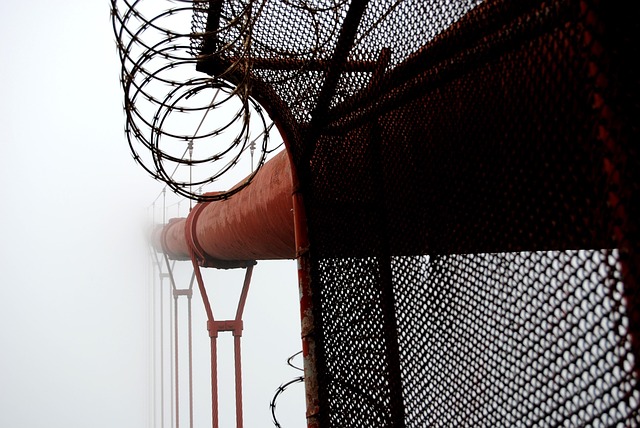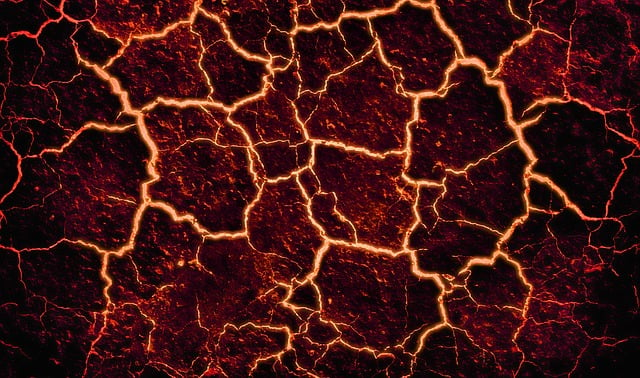Distressed property sales in California have grown due to natural disasters like wildfires, where homeowners often sell fire-damaged homes "as-is" for below-market prices. This process helps owners quickly offload properties while investors capitalize on potential future profits once the market recovers. Selling a fire-damaged house involves assessing structural integrity, navigating insurance claims, repairing or demolishing the property, and disclosing damage transparently to buyers. Legal considerations and marketing strategies, including high-quality media and partnerships with restoration contractors, are crucial for successful sales in the competitive California distressed property market.
In the competitive California real estate market, understanding distressed property sales is crucial. This comprehensive guide explores the unique challenges and opportunities presented by selling fire-damaged homes within the state. From identifying distressed properties to navigating legal complexities and implementing effective marketing strategies, we provide an in-depth look at every step of the process. Whether you’re a seller or agent looking to successfully navigate these sales, this article offers valuable insights tailored to California’s specific landscape, including key considerations for selling a fire-damaged house.
- Understanding Distressed Property Sales: A California Perspective
- What Makes a Property Distressed?
- Common Causes of Distress in California Real Estate
- The Process of Selling a Fire-Damaged Home
- Legal and Insurance Considerations for Sellers
- Marketing Strategies for Successful Distressed Property Sales
Understanding Distressed Property Sales: A California Perspective

In California, distressed property sales have become a significant aspect of the real estate market, particularly following natural disasters like wildfires. When homeowners face the daunting task of selling their fire-damaged homes, they often turn to specialized agencies or investors who purchase these properties at below-market prices. This process is known as a distressed sale, offering a quick solution for owners eager to recover financially from their loss.
California’s unique geography and climate expose residences to various environmental hazards, including wildfires. As such, understanding distressed property sales in this state involves recognizing the specific challenges that occur after disasters. Homeowners grappling with the aftermath of a fire may lack the resources or time to repair and rehabilitate their homes, prompting them to consider selling as-is. This presents opportunities for investors specializing in these transactions, who can acquire properties at reduced costs and potentially resell them for profit once the market recovers.
What Makes a Property Distressed?

Distressed properties often emerge due to unforeseen circumstances that significantly impact a homeowner’s ability to maintain or sell their home. In the context of California, selling a fire-damaged house falls under this category. A property becomes distressed when it faces challenges such as severe structural damage from natural disasters like wildfires, which can leave homes unsafe and unsellable in their current state.
These situations lead to emotional and financial strain on homeowners, prompting them to consider selling as a means of recovery. Fire-damaged houses in California, for instance, may require substantial repairs or even complete reconstruction, making the selling process urgent yet complex. This urgency pushes owners to explore options that can expedite the sale, often at a discounted price, to relieve financial pressures and move forward with their lives.
Common Causes of Distress in California Real Estate

In California, several factors contribute to the distress in real estate, especially when it comes to selling fire-damaged houses. One of the primary causes is natural disasters such as wildfires, which have become increasingly frequent and severe in recent years. These events leave homes not only structurally damaged but also pose significant health risks due to smoke and ash residue. This necessitates a thorough cleanup and renovation process, often beyond what many homeowners can afford, making it challenging to sell these properties.
Another common cause of distress is economic downturns. During recessions or housing market crashes, many California residents find themselves in financial difficulty, leading to foreclosure. Banks and lenders may then opt for quick sales to minimize losses, which can result in distressed property listings. Additionally, divorce proceedings, inheritance, or personal emergencies can prompt owners to sell quickly, sometimes at a loss, contributing to the inventory of fire-damaged houses on the market.
The Process of Selling a Fire-Damaged Home

Selling a fire-damaged home in California involves several steps, each requiring careful consideration and often expert guidance. The process begins with assessing the extent of damage caused by the fire, which can range from minor smoke and soot residue to complete structural destruction. It’s crucial to engage professionals like firefighters, structural engineers, and restoration specialists for a thorough evaluation. Once the damage is documented, homeowners must decide whether to repair or demolish the property, considering both financial and emotional factors.
If repairing is feasible, obtaining accurate cost estimates from contractors is essential. Many insurance companies will send their own adjusters to assess the loss and determine compensation, which can cover repair or replacement costs. Homeowners should thoroughly review policies and communicate with their insurers about potential claims. After settlement, the renovation process begins, involving permits, hiring licensed contractors, and ensuring compliance with local building codes. Ultimately, listing the property for sale in California requires highlighting any improvements made while transparently disclosing pre-existing damage to prospective buyers.
Legal and Insurance Considerations for Sellers

When considering a distressed property sale in California, sellers must navigate a complex landscape of legal and insurance considerations. After a fire damages a home, the initial instinct might be to sell quickly, but it’s crucial to understand potential liabilities. In California, specific regulations govern the disclosure of damage related to natural disasters like fires, ensuring transparency between buyers and sellers. Failure to disclose known issues could lead to future legal repercussions.
Insurance plays a pivotal role in these transactions. Sellers should review their policies carefully, understanding coverage limits for fire damage and any exclusions. It’s advisable to consult with insurance experts to ensure adequate protection during the sale process. Additionally, buyers may require specific disclosures or inspections before finalizing the purchase, further emphasizing the need for sellers to be well-informed about legal obligations and insurance implications when selling a fire-damaged property in California.
Marketing Strategies for Successful Distressed Property Sales

In the competitive market for distressed property sales, especially in areas like California where fire-damaged homes are prevalent, successful marketing strategies are key. One effective approach is to highlight the potential for renovation and rebirth. Prospective buyers often look beyond the immediate damage and envision a beautiful, restored home; thus, emphasizing the “before” and “after” possibilities can attract a range of customers, from first-time homebuyers to flippers.
Utilizing digital marketing techniques, such as high-quality photography and video tours, is essential. These tools allow buyers to virtually walk through the property, seeing beyond the current state. Social media platforms, targeted online ads, and real estate websites are powerful channels to reach a wide audience. Additionally, partnering with local contractors who specialize in fire damage restoration can add credibility and further interest from those seeking quality renovation opportunities.
Distressed property sales, such as selling a fire-damaged home in California, present unique challenges but also opportunities. By understanding the specific causes of distress, like natural disasters or economic downturns, and navigating the legal and insurance considerations, sellers can effectively market their properties using tailored strategies. Whether through traditional listings or specialized marketing, successful distressed property sales not only provide financial relief but also contribute to the vibrancy of California’s real estate landscape. For those looking to sell a fire-damaged house in California, this guide offers a comprehensive roadmap to navigate this process efficiently and successfully.






